Reflections: Women and Peace-Building

This is the fourth part of a four-part series with the Dalai Lama Center's founding director Victor Chan. He looks back at the 2009 Vancouver Peace Summit, a global event that brought five Nobel Laureates and many more world-renowned thinkers and leaders in social transformation to Vancouver to talk about creating a more compassionate, peaceful world.
The Vancouver Peace Summit closed with a gathering of some of the most important leaders of social change for Women and Peace-building. Architects of change from across the globe came together to discuss the importance of empowering women and girls.
Victor Chan, founding director of the Dalai Lama Center, had a special backstage view of the session. Here, he shares some of his reflections from this dialogue.
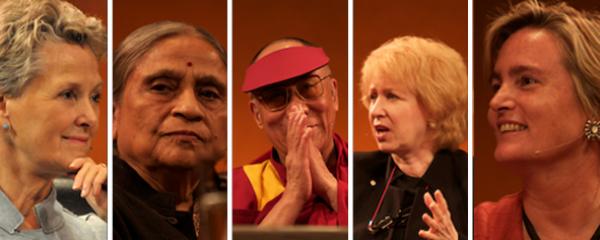
On the Dalai Lama’s great appreciation of the Summit’s women panelists:
During the conference, there were obviously some very accomplished women that he was in conversation with. We have Susan Davis, the president of BRAC USA, we have Swanee Hunt, the former US Ambassador to Austria, we have Kim Campbell, the former Canadian Prime Minister, we have Ela Bhatt, the founder of SEWA, and we have the Nobel Laureates, Jody Williams, Betty Williams and Mairead Maguire. And I think it was very inspiring for the Dalai Lama to hear about all the wonderful things that these women are doing for women and girls.
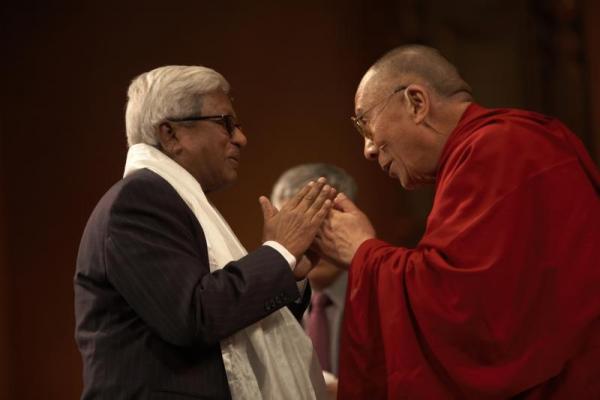
On the work of Fazle Hasan Abed:
Although Fazle Abed, a man, was talking about his work with BRAC Bangladesh, I think what His Holiness gets out of that is that not only advanced nations in the west can accomplish great things, but even an NGO from a developing nation was able to address and inequality that women and girls suffer from. I think he was very inspired when he heard that BRAC gives so many microloans to women. I think they have eight million borrowers, and all of them women. They were able to create something like 37,000 schools in Bangladesh of which all the teachers were women and 70% of the students are girls. This is the kind of thing that His Holiness doesn’t hear too much of.
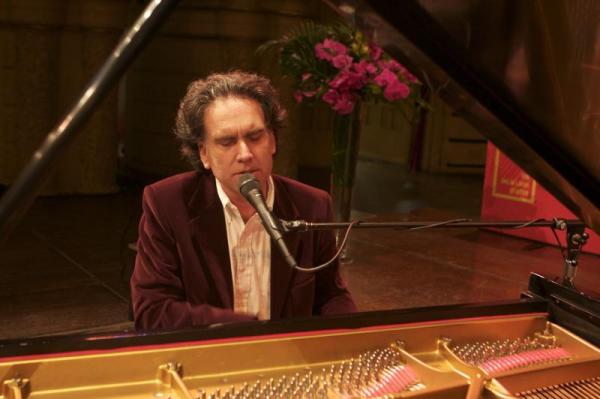
On Peter Buffett’s desire to invest in women:
Peter Buffett, said the reason his father got so rich was that he followed a very simple formula. He searched out things that were undervalued, which we believed had a very strong intrinsic value, he believed in them and invested in them. And it’s the same thing for Peter, except for him it’s women and girls that are undervalued in society. So, like his father, he believes in them and invests in them, knowing that in the long run, they will become a very significant force in the world.
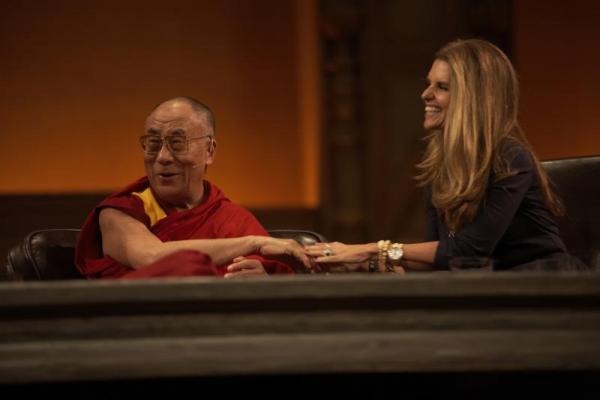
Dalai Lama as a feminist:
I think he has said with a lot of consistency that he believes that biologically, women are naturally the more sensitive to the pain and suffering of others and that from birth, females tend to be much more compassionate. In the past, he has told me that if the world is to have wars, meaning if they are unpreventable, he wishes there would be more women in the position of ministers of defence, because he believes that they would be more affected by those who are suffering during war. And the damage would be significantly reduced if women were to wage war instead of men.
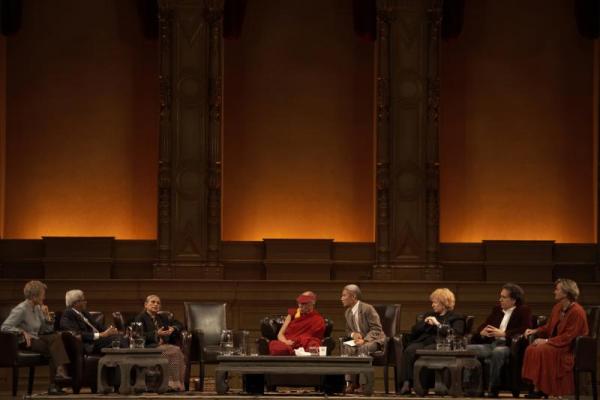
On the importance of educating young girls:
Studies after studies have shown that if you are able to give education, whether it be primary education, secondary education, every year that a young girl receives an education, the results are very obvious. They tend to get married later, they tend not to get into the vicious cycle of HIV Aids, they have the possibility of going out, getting a microloan and getting a small business going. Research has also shown that women take 90 per cent of what they make and put it towards the family and the community, as opposed to men who would only give back 40 per cent. So if you educate a young girl, the family, the society, the community, and then eventually the country benefits. So, from a purely economic basis, it makes a lot of sense to educate young girls and women and empower. I’m very glad that a significant part of the Summit was focused on this idea and that a lot of the most compelling figures working in this area were in Vancouver to talk about their worth.
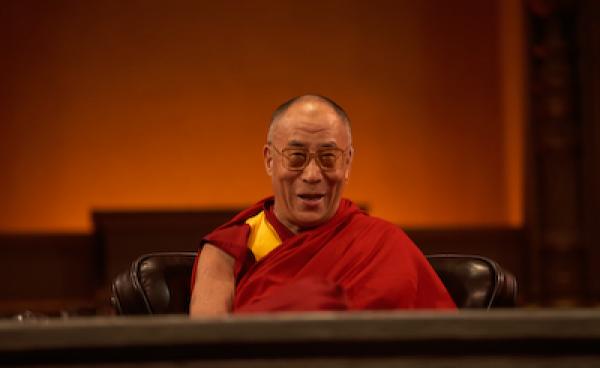
On what the Dalai Lama took away from the Women and Peace-Building session:
I think the coming together of people who are in the business of alleviating suffering, alleviating poverty, really drove home the message of the Summit: The possibility of empowering women and recognizing girls and women as agents of change, then society will become a better place and this is actually the fundamental key in alleviating poverty and helping those who are the poorest of the poor. I think that His Holiness really got a sense that in the future, the architects of change are going to be women and that he looks around the room and saw all of these inspiring women doing all of this amazing work and I think he came up with this sense that western women will play a very major role in changing the world.
For a sneak peek of the Women and Peace-building session, check out the video below:
You are missing some Flash content that should appear here! Perhaps your browser cannot display it, or maybe it did not initialize correctly.
![]()
You are missing some Flash content that should appear here! Perhaps your browser cannot display it, or maybe it did not initialize correctly.
if you missed the last installment, it was Educating the Heart.







Comments
Post new comment